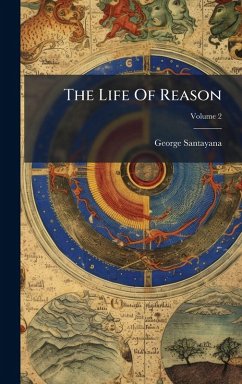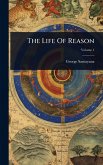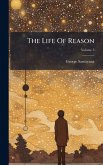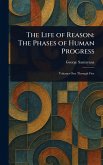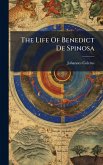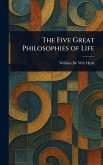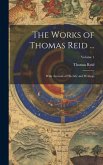In "The Life of Reason, Volume 2: Or, The Phases of Human Progress," George Santayana continues his exploration of the development of reason in human life. This volume delves deeper into the practical applications of reason, examining how it shapes our understanding of society, art, and religion. Santayana's work provides a comprehensive view of how rational thought influences human culture and individual experience. Santayana's philosophical insights remain relevant, offering a timeless perspective on the enduring quest for understanding and the role of reason in achieving a fulfilling life. This volume is essential reading for anyone interested in the history of philosophy, the nature of reason, and the ongoing human endeavor to create a more rational world. This work has been selected by scholars as being culturally important, and is part of the knowledge base of civilization as we know it. This work was reproduced from the original artifact, and remains as true to the original work as possible. Therefore, you will see the original copyright references, library stamps (as most of these works have been housed in our most important libraries around the world), and other notations in the work. This work is in the public domain in the United States of America, and possibly other nations. Within the United States, you may freely copy and distribute this work, as no entity (individual or corporate) has a copyright on the body of the work. As a reproduction of a historical artifact, this work may contain missing or blurred pages, poor pictures, errant marks, etc. Scholars believe, and we concur, that this work is important enough to be preserved, reproduced, and made generally available to the public. We appreciate your support of the preservation process, and thank you for being an important part of keeping this knowledge alive and relevant.
Bitte wählen Sie Ihr Anliegen aus.
Rechnungen
Retourenschein anfordern
Bestellstatus
Storno

